Introduction
Specification and Features
The existing PEN line up of three distinct models is designed to appeal to photographers with different levels of expertise, and sitting in between the advanced and beginner levels is the E-PL, or PEN Lite series. The 16-Mpix E-PL7 is the latest re-imagining of the line and heralds a change from the modern rounded body of earlier models to the more traditional lines of the top-of-range PEN E-P series.
It’s not just the re-designed body that stands out, the E-PL7 has several advances over the previous E-PL5 and similar E-PL6 models including a shutter mechanism with lower vibration, improved user control with a command dial (surrounding the shutter release) and a return to a more stills-oriented 3:2 aspect ratio rear LCD display panel.
The screen remains touch sensitive and it’s a tilting type but the squarer format means less real-estate is wasted displaying stills than the previous wide-screen panels. As expected the E-PL7 retains the Full HD video capabilities of its predecessor and builds on them with stereo audio, focus-peaking and the 1080/30p (MOV) and 24Mbps bit-rate of the higher-end OM-D E-M10.
Other features include 3-axis in-body image stabilization, Wi-Fi with file transfer and remote shooting options (via your smartphone), continuous shooting of up to 8 fps at full-resolution and the option to add an electronic viewfinder (and access to a host of other accessories) via the accessory port.
Although not quite as small as the PEN Minis, it’s reassuringly compact measuring just 4.5 x 2.6 x 1.5” / 114 x 66 x 38.0 mm and light, weighing 10.9 oz / 309 g with battery and SD card. It is available now at $699 in black or chrome finish, complete with 14-42mm f3.5-5.6 II R kit lens.
Key specifications
- 16-Mpix effective Micro Four Thirds Multi-Aspect MOS sensor
- 3-axis body stabilization
- 3.0”1.04 M-dot tilting, touchscreen 3:2 aspect ratio LCD
- Focus peaking
- Built-in Wi-Fi connectivity with remote control/file transfer
- Bundled flip-up type flash
- Full HD video (1080/30p) MOV
- 8fps continuous shooting
Compared to the firm’s recently-introduced OM-D E-M10 and the previous iteration (the PEN E-PL5 — the E-PL6 varied only by software), it’s quite clear from the composite scores that the E-PL7 is using a related sensor (if not the same one). While that’s perhaps not a surprise, given the somewhat limited choice of sensor fabricants available, what it means is that there is no performance increase over the previous iteration. On the other hand, it also means that the E-PL7 is on par with the pricier E-M10. Color depth and dynamic range for this sensor are both good, very good actually, but the physically small size (in terms of surface area) does limit low-light performance compared to larger sensors.
With a DxOMark score of 72 points, the Olympus PEN E-PL7 sits almost half-way between the Panasonic Lumix DMC-GM5, which as the firm’s technical partner shares the same sensor format, and the Sony A5100, which uses a much larger APS-C sensor. Against the GM5, the Olympus has better color discrimination and a wider dynamic range at base ISO, but also throughout the ISO sensitivity range. Both models have similar low-light capabilities. The Sony, on the other hand, has notably higher color sensitivity (measured as color depth), broader dynamic range by 0.3 EV, and around one stop (+1 EV) better low-light performance.
Although we leave the reviewing of cameras to our friends at DPReview, the PEN E-PL7 looks to be a solid choice in terms of features and sensor performance. Admittedly it’s not quite in the same league as the larger APS-C sensor in the Sony A5100, particularly in low-light, although it can compete in dynamic range and noise levels up to ISO 800. Overall, it’s a good sensor, and the inclusion in the E-PL7 of in-body 3-axis image stabilization should help offset some of its limitations.


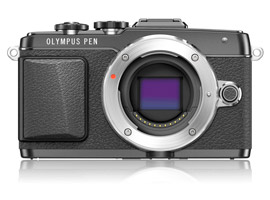


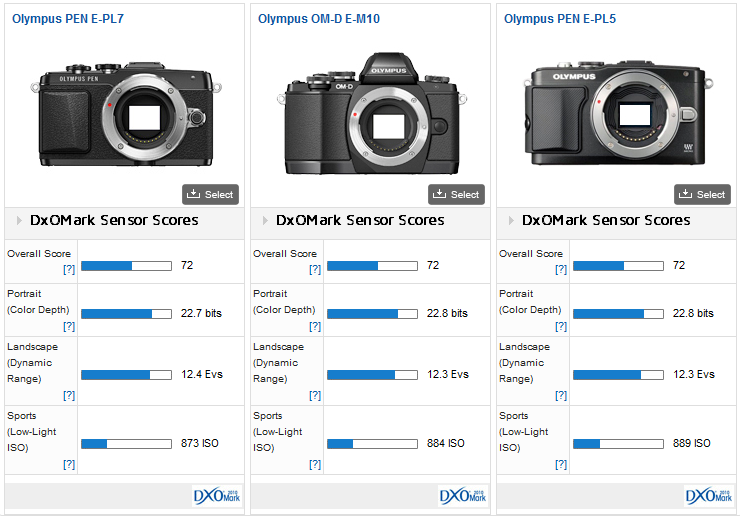
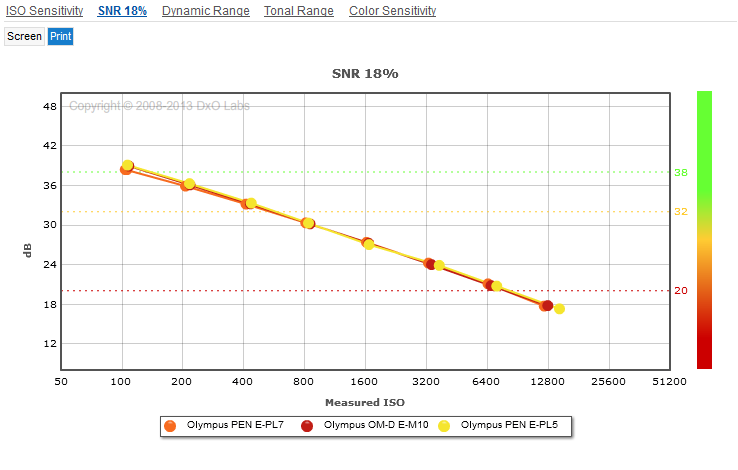
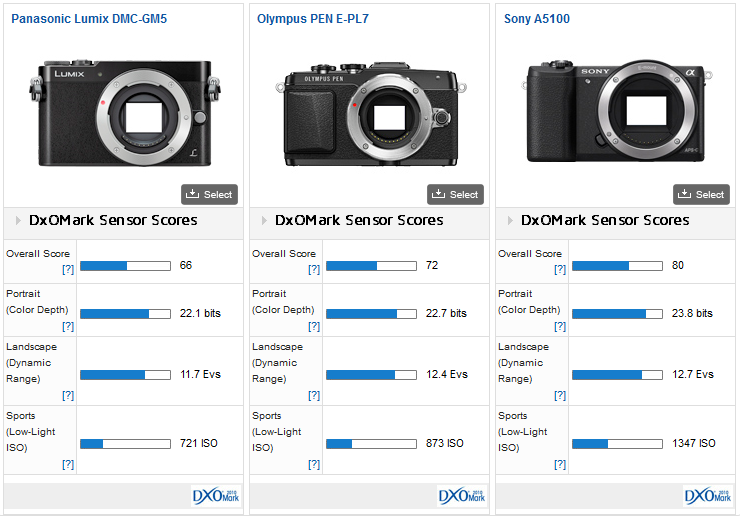
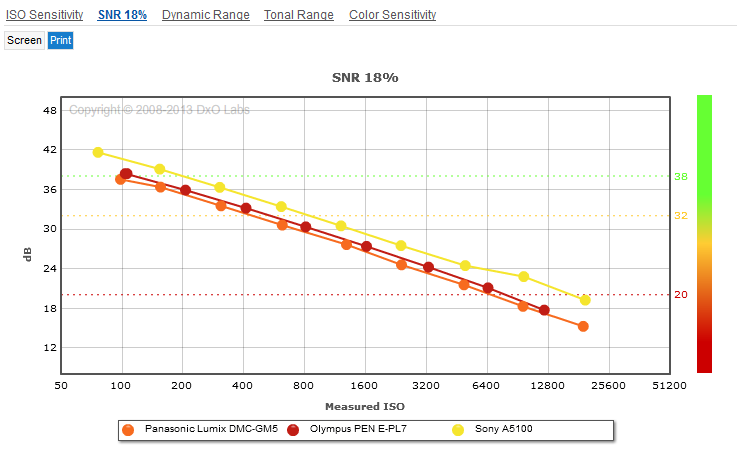
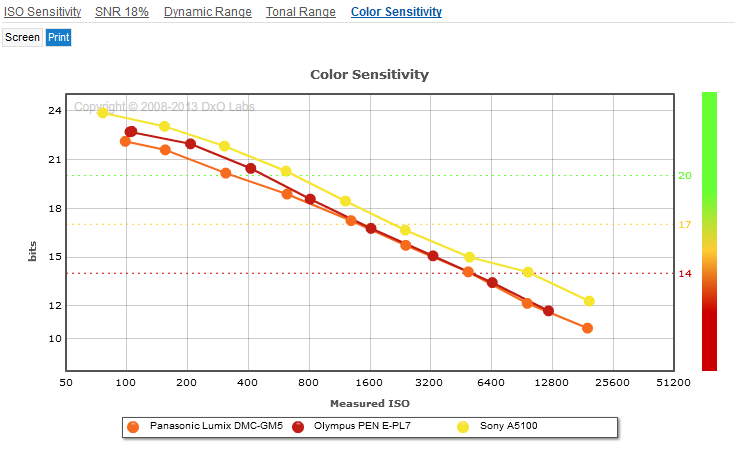
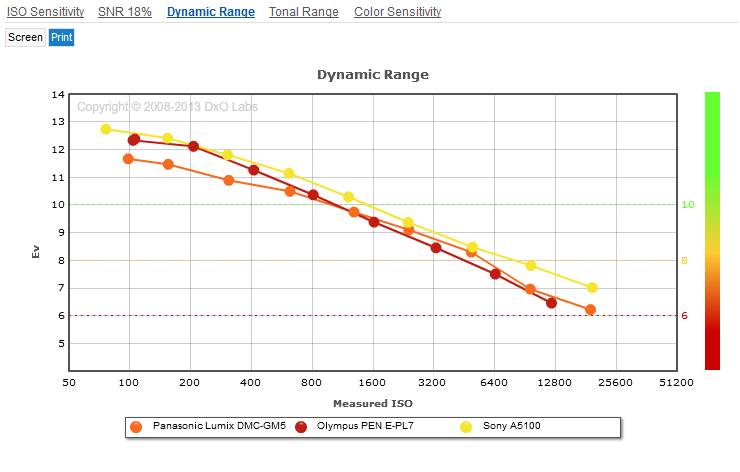
DXOMARK encourages its readers to share comments on the articles. To read or post comments, Disqus cookies are required. Change your Cookies Preferences and read more about our Comment Policy.